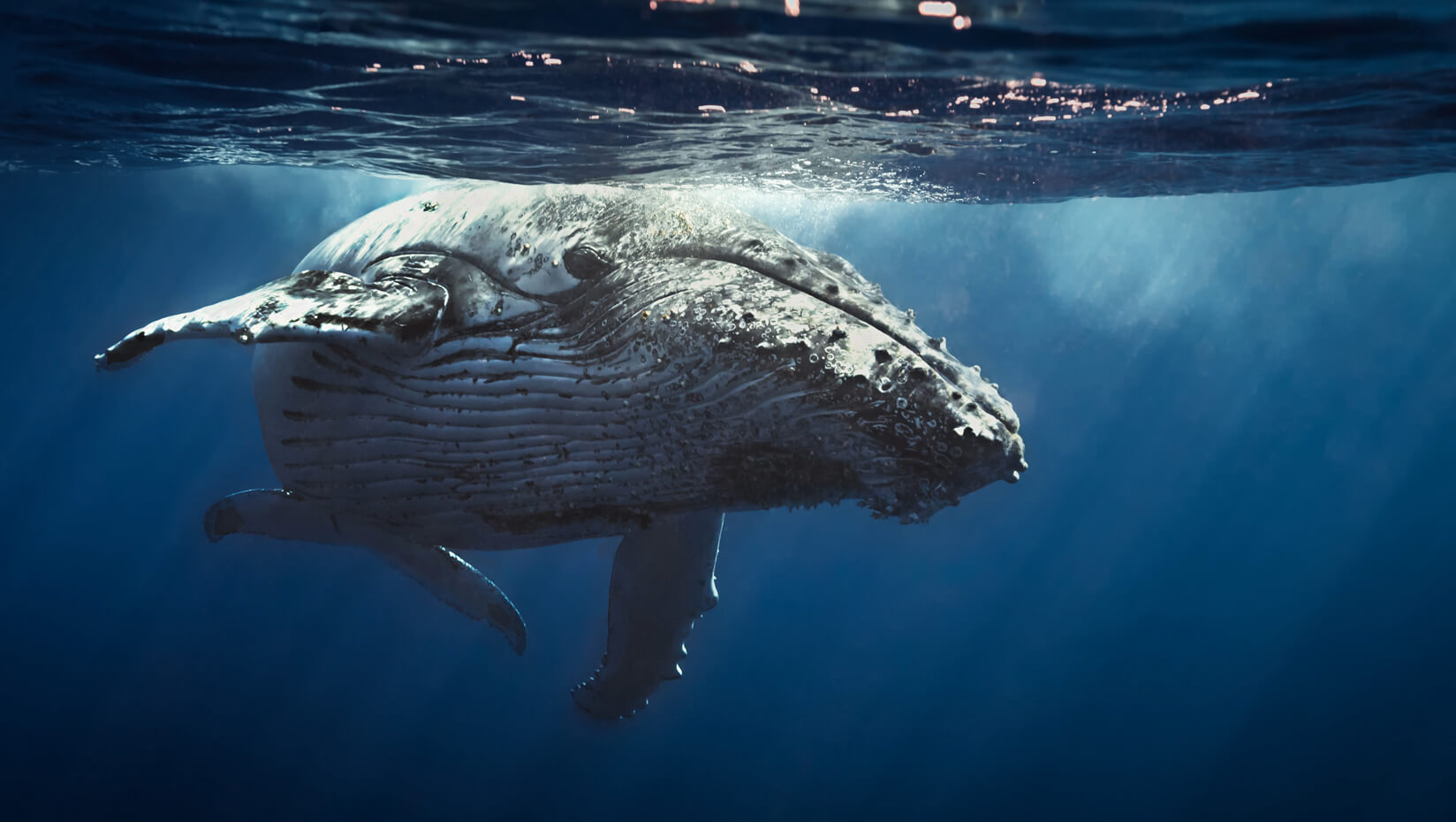
Ocean salt, temperature can barricade phytoplankton, impact food web
Subtle, fleeting differences in ocean salinity or temperature can act as physical barricades for phytoplankton, which results in a patchy distribution of the most important food resource in the ocean and may explain the large biodiversity in the sea, say University of Copenhagen and University of Maine researchers.
Ocean currents transport phytoplankton, or microscopic algae, that float in the sea. And researchers say the composition of phytoplankton communities affects other microscopic organisms, fish and even whales, as phytoplankton constitutes the base of the food web in the sea.
Research from the Center for Macroecology, Evolution and Climate at the University of Copenhagen gives insight into how the high biodiversity of phytoplankton is maintained and how the food web might be affected.
UMaine Professor Emerita Mary Jane Perry co-authored the study, as did Ivona Cetinić, an adjunct professor at UMaine and research oceanographer at GESTAR USRA/NASA Goddard Space Flight Center.
“The oceans are full of invisible barriers that occur when temperature or salinity changes. Our new research shows that even short-lived barriers of just a couple of days or weeks, are enough to influence phytoplankton communities,” says Erik Mousing, lead author and postdoc at the Center for Macroecology, Evolution and Climate at University of Copenhagen.
In recent decades, researchers have increasingly understood how small organisms are separated by relatively permanent fronts in the sea caused, for example, by large ocean currents. This is the first time that researchers demonstrated that brief changes in salinity or temperature also lead to changes in the composition of algae communities.
While it’s known that physical barriers on land, including rivers and mountains, can lead, over time, to the development of new plant and animal species, oceans have primarily been perceived as homogeneous environments. Thus, it’s been difficult to explain the large biodiversity of small algae.
“Our results show that the distribution of phytoplankton is much patchier than previously assumed as a result of these commonly occurring weak fronts,” says Katherine Richardson, professor at the Center for Macroecology, Evolution and Climate.
“Coupled with the short generation time of phytoplankton, the local barriers caused by these fronts could help explain why phytoplankton diversity is so large. Thus, at least in terms of the overall mechanisms controlling biodiversity, the terrestrial and marine systems are not fundamentally different.”
In the study, published in the Journal of Ecology, researchers analyzed 30 samples of phytoplankton from 16 locations in the North Atlantic.
They also measured temperature and salinity at different water depths. Based on the samples, they mapped out a front with different salinities on each side and found the species composition of phytoplankton was significantly different on either side of the front.
Perry says the results of this work, part of a larger study of the North Atlantic spring bloom she led several years ago, shows the value of comprehensive interdisciplinary studies. The phytoplankton data collected during this program was one of the most comprehensive in the open ocean, she says.
Cetinić says the study allows researchers to see the mosaic of oceanic phytoplankton in new and exciting ways.
“Although our research has focused on the North Atlantic region, these short-lived fronts occur in all the world’s oceans; hence, these delicate interactions between phytoplankton and ocean physics could be widespread all over the globe,” she says.
“Studies such as this one emphasize the need for a global, satellite-based view of oceanic phytoplankton communities, such as NASA’s upcoming mission PACE.”
The research was conducted in cooperation with the Danish ClimateLab and was supported by the U.S. National Science Foundation and NASA.
Contact: Beth Staples, 207.581.3777
